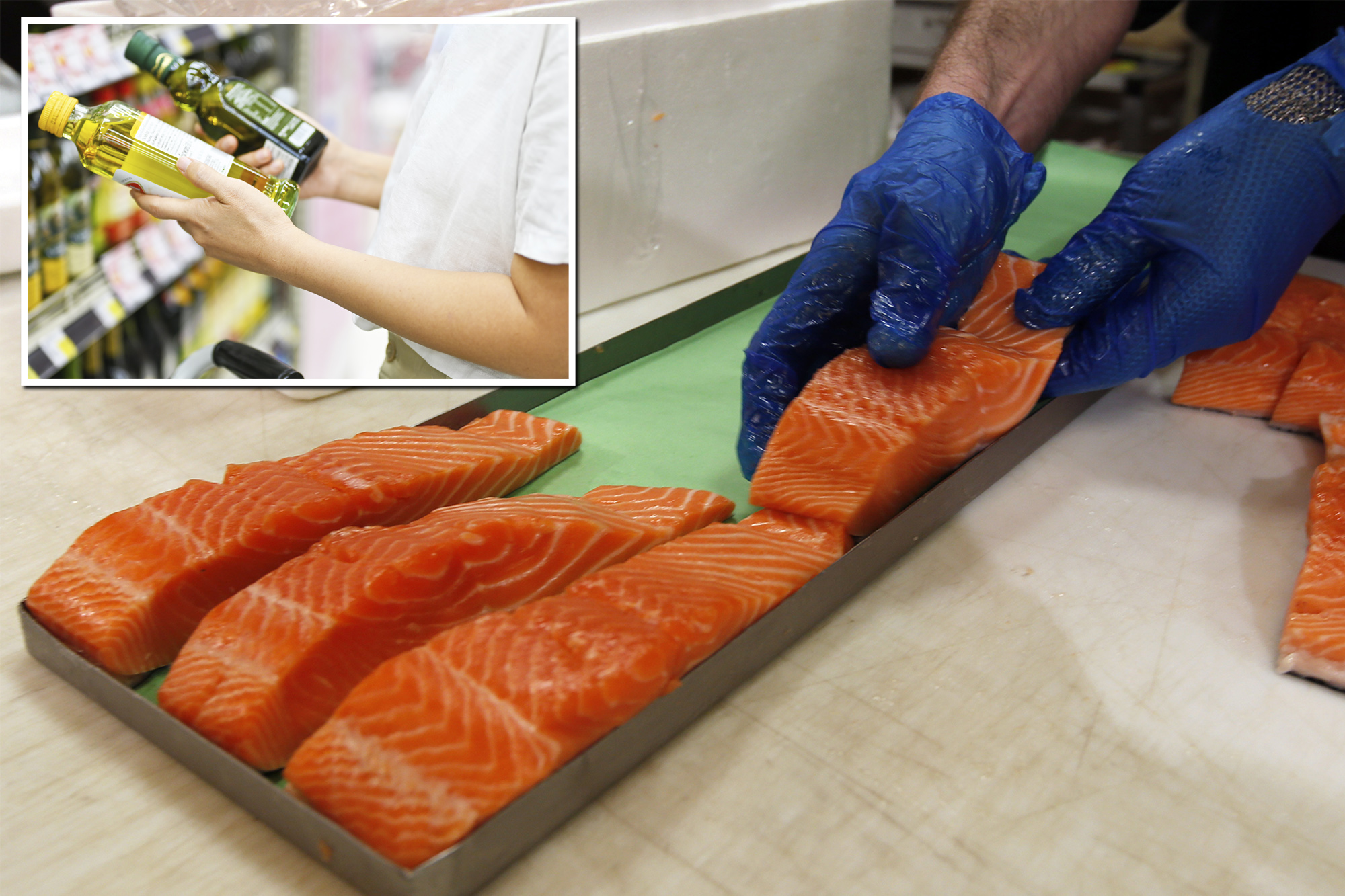Understanding the FDA’s New Definition of Healthy Foods

Hello there, fellow food lovers! Today, I want to dive into something that has a direct impact on what we choose at the grocery store: the FDA’s freshly minted definition of “healthy foods.” This update marks a significant change in how packaged foods can be marketed, and it affects everyone who cares about what ends up on their plates. As someone who’s passionate about cooking and nutrition, I find these changes incredibly exciting and worth discussing.
I remember the first time I seriously looked at food labels. It was like trying to decipher a foreign language—so many terms and numbers that seemed vague or, at times, misleading. The term “healthy” was one of those labels that could mean just about anything. That’s why I believe this move by the FDA is not only timely but crucial for steering us toward better dietary choices. Whether you’re a seasoned home cook or someone who simply enjoys good food, understanding these updates can help you make more informed decisions.
So let’s unpack what these new guidelines entail and how they might play out in our daily lives. From redefining what qualifies as healthy to setting new limits on sugar and fat, these changes aim to bring nutritional science into our everyday food choices. Let’s dive into the key takeaways from this update and explore how it might reshape our understanding of “healthy” foods.
Key Takeaways
- The FDA has updated its definition of “healthy” for the first time in 30 years to reflect current nutritional science.
- Foods must meet specific nutritional criteria from particular food groups, such as fruits and vegetables, to earn a healthy label.
- The new guidelines set limits on added sugars, sodium, and saturated fats to promote better public health outcomes.
- Manufacturers have until February 2028 to comply with these new standards.
The New Definition Explained
The FDA’s latest update redefines what can be labeled as “healthy” on food packaging, offering much-needed clarity in the aisles of our supermarkets. This change responds to evolving nutritional knowledge and aims to provide consumers with clearer guidance for making healthier choices. Under these new rules, foods must include certain nutrient levels from food groups such as fruits, vegetables, whole grains, dairy, and proteins. This ensures that products labeled as healthy truly contribute to a balanced diet.
A standout feature of this update is the introduction of limits on added sugars for the first time. This means that sugary foods lacking other nutritional benefits won’t qualify for the healthy label anymore. Additionally, sodium and saturated fat levels are capped based on product type. As a result, items like sugary cereals or sweetened yogurts may lose their “healthy” status under these stricter guidelines.
The Impact on Food Choices
What does this mean for your next trip to the supermarket? You might notice some of your favorite snacks no longer sport that “healthy” badge. However, foods traditionally considered nutritious—such as avocados, olive oil, salmon, eggs, and certain trail mixes—will still meet the criteria under these new rules. Interestingly enough, even water can now officially be labeled as healthy, highlighting its essential role in hydration and overall wellness.
This update reflects an understanding that food should promote wellness beyond mere calorie counting. FDA Commissioner Robert Califf emphasizes that improving access to nutritional information is crucial for helping people establish healthier eating patterns. With chronic diseases increasingly tied to poor dietary choices, this initiative couldn’t come at a more opportune time.
Implementation Timeline
Though these changes are finalized, they won’t take effect immediately. The FDA is providing manufacturers until February 2028 to adjust their products and marketing strategies accordingly. This timeline allows companies ample time to reformulate products if necessary or reconsider which items they label as healthy based on current scientific evidence.
It’s worth noting that under previous guidelines only about 15% of products were eligible for a healthy designation; however only 5% actually made this claim. By updating these rules according to modern science—with input from experts like Dr. Dariush Mozaffarian from Tufts University—the FDA aims to elevate consumer expectations and encourage healthier innovations within the food industry itself.
Challenges and Criticisms
Despite its good intentions there has been some pushback against these new regulations primarily from industry trade groups like The Consumer Brands Association who argue certain packaged goods remain unfairly excluded despite innovations aimed at offering healthier options overall . Concerns have also been raised regarding potential economic impacts resulting from stricter labeling standards which could affect affordability or availability depending upon market responses over time . Nonetheless proponents argue that prioritizing public health through informed decision-making outweighs short-term commercial interests ultimately benefiting consumers long-term .
Final Thoughts
The FDA’s updated definition marks an important step forward in promoting better eating habits across America by providing clearer labeling standards aligned with contemporary scientific understanding . While some challenges remain—as with any major regulatory overhaul—the potential benefits far outweigh them especially given rising rates diet-related chronic illnesses affecting millions nationwide . As consumers become more informed empowered choices they make every day not only influence personal health outcomes but also contribute to broader societal well-being . Navigating through supermarket aisles with confidence knowing exactly what “healthy” means can lead us all towards healthier lives . So next time you’re choosing between snacks , take a moment consider whether it aligns with these new definitions—and enjoy discovering delicious nutritious options along way!
